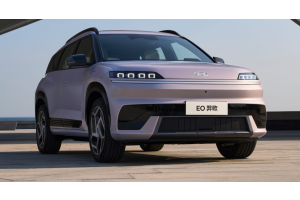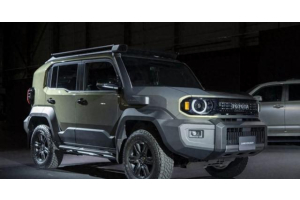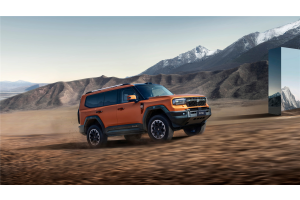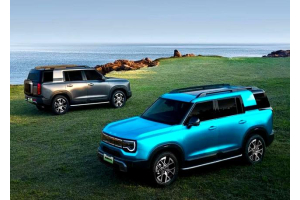U.S. Auto Tariffs Helps Chinese Car Exports
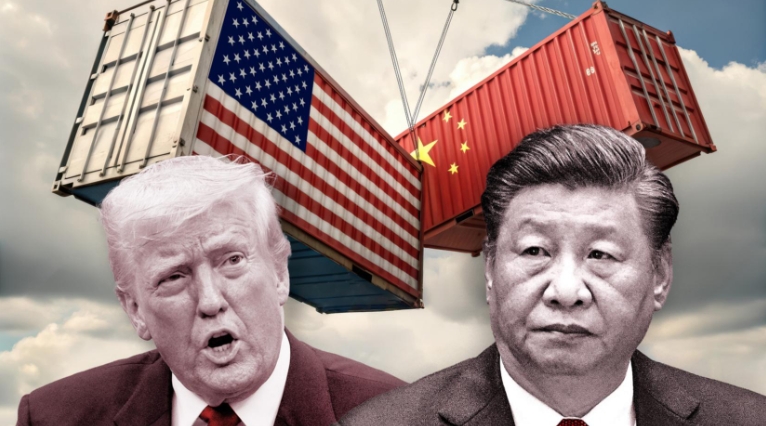
U.S. Increases Auto Tariffs: Current Situation and Impacts
Latest Tariff Policy Overview
On March 26, 2025, former U.S. President Donald Trump signed a proclamation to impose additional 25% tariffs on imported vehicles, effective April 3. The tariffs cover passenger vehicles (sedans, SUVs, etc.), light trucks, and key components (engines, transmissions, etc.). Combined with previous adjustments since 2018, current tariff rates for Chinese exports to the U.S. stand at:
- Conventional fuel passenger vehicles: 47.5%
- Electric passenger vehicles: 122.5%
- Auto parts: 47.5%-50.5%
While Trump has recently hinted at possible "exemptions," the current tariffs have nearly reached their ceiling with limited room for further increases.
Actual Impact on Chinese Auto and Parts Exports
Limited Effect on Complete Vehicle Exports
China exported approximately 98,000 passenger vehicles and light buses to the U.S. in 2024, accounting for just 1.8% of China's global vehicle exports by volume. The export value reached RMB 16.17 billion (about $2.25 billion), representing only 2.6% of China's total auto export value. New energy vehicles made up merely 0.3% of these exports by volume (0.4% by value). Medium and large bus exports were even more negligible due to significant differences in North American vehicle requirements.
"The obstacles facing Chinese auto exports to the U.S. have virtually no impact on China's overall auto exports," said Cui Dongshu, Secretary General of the China Passenger Car Association.
Parts Exports Affected But With Countermeasures
Chinese auto parts exports to the U.S. in 2024 totaled RMB 99.77 billion (about $13.86 billion), constituting 13.5% of China's total parts exports. While high tariffs erode the cost advantage of Chinese parts, companies have implemented diversified strategies:
- Companies with U.S. production capacity (like Fuyao Glass) remain largely unaffected as they primarily supply locally.
- Some manufacturers are shifting to third countries (Thailand, Vietnam, Morocco) for rebranded exports, facing lower indirect tariffs than direct exports.
- Export-dependent firms are accelerating plans for U.S. plants or global distribution.
The global auto parts supply chain has matured, offering multiple channels to mitigate tariff impacts through improved management efficiency and overseas localization.
Key Takeaways
- U.S. tariffs have minimal effect on China's auto industry due to low export volumes.
- Parts exports face structural challenges but remain manageable through diversified strategies.
Who Really Bears the Brunt? Japanese, Korean and EU Allies Suffer More
Of the 16.03 million new vehicles sold in the U.S. in 2024, 7.33 million (46%) were imports, primarily from Japan, Korea and Mexico.
Japanese automakers (Subaru, Honda, Toyota, Nissan, Mazda) rely heavily on the U.S. market, where auto sales significantly impact Japan's GDP and employment.
The EU exported 749,000 vehicles to the U.S. in 2024 (16.5% of its total exports by volume), with these higher-value vehicles accounting for 24.9% of export value.
When Trump mentioned possible "tariff exemptions" on April 14, Japanese auto stocks surged 5% the next day, reflecting market sensitivity to these developments.
Trade Barriers Unexpectedly Revive China-EU EV Tariff Negotiations
Since October 30, 2024, the EU has imposed five-year anti-subsidy tariffs on Chinese-made EVs. China previously proposed a "price undertaking" (moderate price increases with limited exports) to ease tensions, but negotiations stalled.
On April 8, Chinese Commerce Minister Wang Wentao and EU Trade Commissioner Maroš Šefčovič held video talks, agreeing to immediately resume negotiations on a new energy vehicle "price undertaking" agreement and discuss China-EU auto industry cooperation.
Conclusion and Outlook
While Trump's high tariffs aim to curb China, they primarily pressure U.S. allies Japan and the EU, while unexpectedly creating new opportunities for China-EU negotiations. For China's auto industry, parts manufacturers' localization and global distribution remain key strategies to overcome tariff pressures, with complete vehicle exports largely unaffected.
Reported by TopUsedCars.com journalist Calvin Zhang




